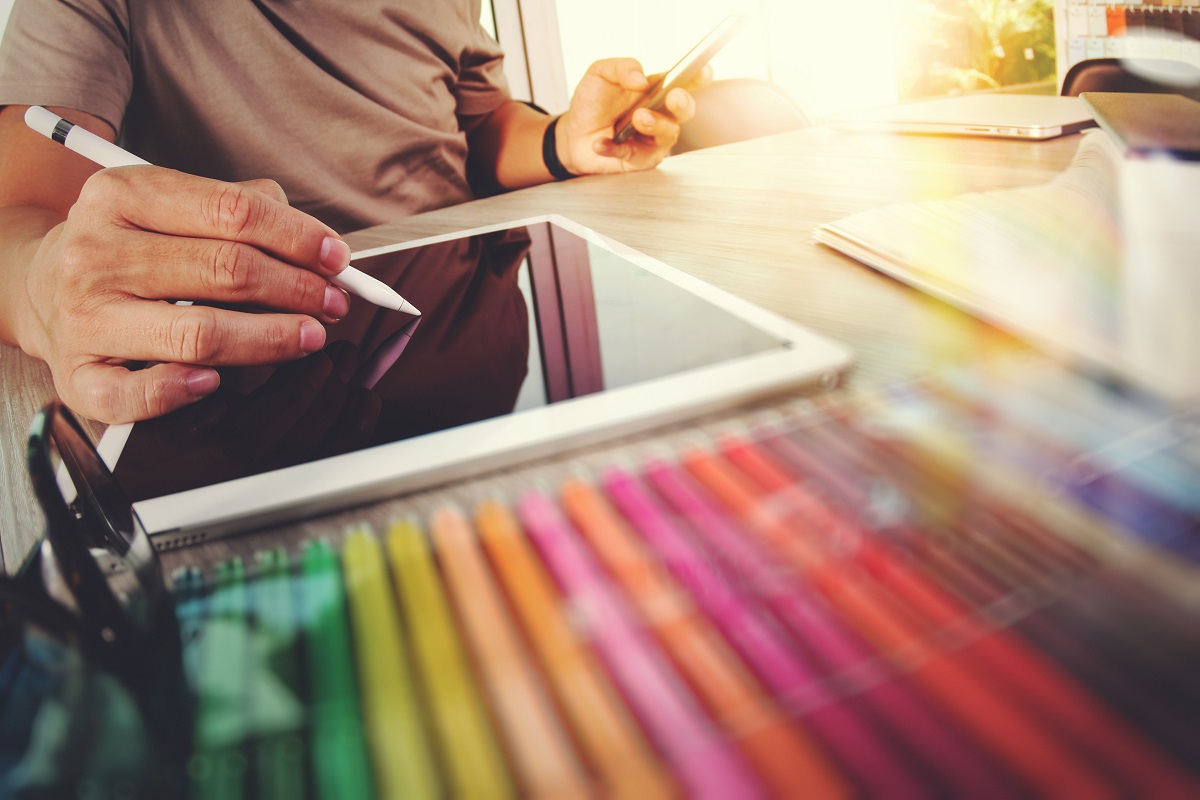Simply put, art is self-expression that gives voice to emotions and passions that can not be easily described. Technology is a new form of human expression that has become an integral part of society within a short frame of time. Much focus has been given to the practical aspects of technology that some felt excluded art. This is a narrow-minded approach based on the view that art is a luxury and impractical.
It is very clearly not; art is just as important and integral as technology. Besides, art is inclusive in a way that it can integrate and turn anything into an art medium. This is what artists have done with technology. Technology is now used in every aspect of art, from managing an artist’s business to creating new pieces. Both art and technology have the growth potential, and combining the two creates a potential that can lead down unexpected and delightful new paths.
Technology as a Practical Aid to Art
Technology can be used as a practical tool in various aspects of artistic expression. Artists have used coding and 3D printers to create artwork that would not have been possible without technology.
Artists also use technology to present their works in new and exciting ways. Some galleries showcase artwork made entirely by coding, computer-generated lasers, or pre-programmed robots. If the technology exists, artists have found a use for it.
Artists and galleries use technology in more traditional forms as well. All artwork is scanned or photographed and stored in digital databases, and anti-forgery seals and holograms are imprinted on paintings and sculptures. All this plus artist information is managed via portfolio management software from IT services specially designed for overseeing complex multi-layered data sets.
Technology Can Enhance the Impact of Art
Technology in data gathering and modeling has helped scientists and museums understand how people experience art. Galleries and museums are now employing scientists from various fields such as behavioral scientists and neuroscience as consultants.
These scientists gather data and use the technology at their disposal as a tool to identify how to arrange artwork displays to have the maximum effect possible. Art is a visceral experience, and technology can break down that emotional impact into information which it can use to enhance that experience further.
Collecting biometric information on museum visitors might sound like something out of science fiction, but it is already in use in security settings. Artists are simply using this existing technology to enhance and delight our aesthetic senses.
Technology Is Making Art More Accessible

Art is for everyone, but not everyone has visited museums and galleries due to financial and physical barriers. Technology has removed these barriers by becoming the visual medium by which anyone can visit a museum without physically being present.
Well-known museums worldwide from the Smithsonian to the Louvre now offer virtual tours that are usually free or cost a fraction of the price of a ticket.
These services provide virtual tour guide options, interactive maps, videos that give more detail about exhibits, audio-only descriptions for visually impaired visitors, and so much more.
This advancement can only benefit the art world as it allows more people to be inspired by art. Hopefully, some of them will embrace art and becomes artists. This will be good for both art and society as some of the most significant artists, such as Frida Kahlo and Vincent Van Gogh, were people living with disabilities.
Technology Can Become the Artwork
Artists are only limited by their ability to recreate what they see in their imaginations. Technology has given them a medium they can use to create artwork beyond the physical capabilities of existing mediums.
Artists are also using technology itself as part of the artwork.
Artists have embraced the new and exciting ways to create which technology has given them and expanded the possible horizons. They have taken technology further than people have expected and used both digital and physical technology in ways that its manufacturers did not realize it could be used.
Digital art is a term that did not exist a few years ago, but now it is a celebrated term, and many digital artists have dedicated followings on social media.
Social media is itself an example of a technology that has helped art. Technology allows both artists and fans to connect and share their work. Services like PayPal and Patreon allow fans to show their appreciation in financial and tangible ways.
Technology and art have more to contribute to society, and they are sure to find ways to do it both together and individually.

